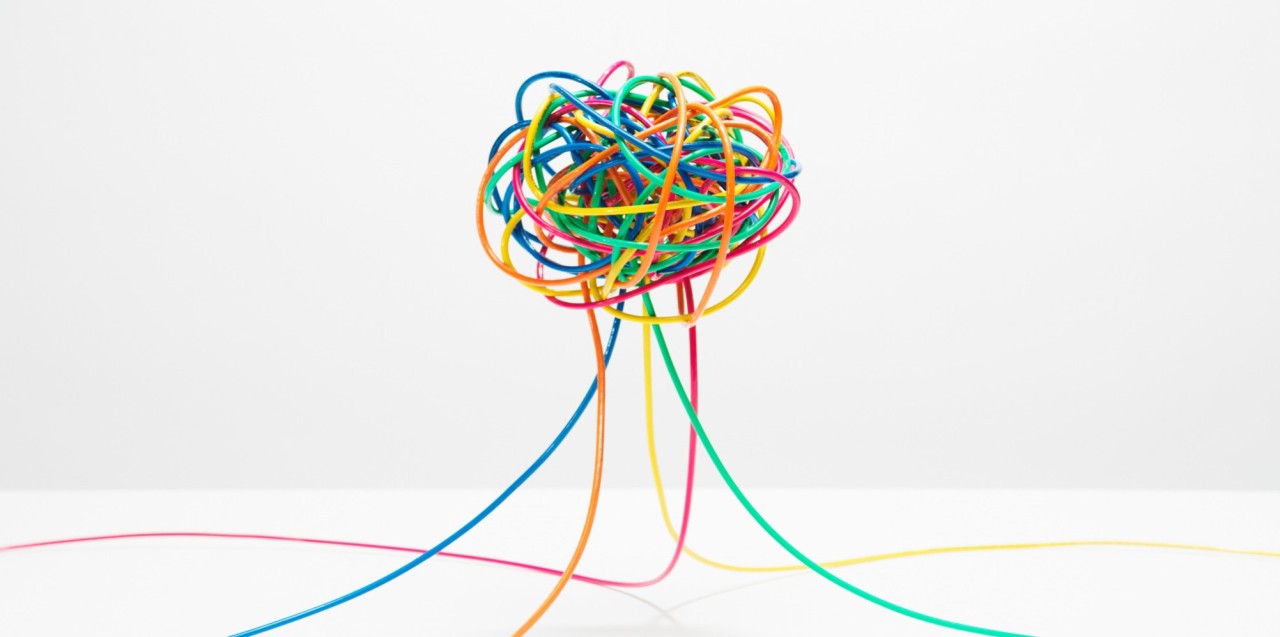I’ve been thinking a lot about jewelry as of late.
Here’s my line of thinking:
Jewelry serves three possible purposes:
1. It enhances the appearance of the person wearing the items.
2. It’s an opportunity to flaunt expensive belongings and signal wealth and prestige.
3. It’s a conveyance of memory, tradition or and nostalgia.
As for the third purpose, the conveyance of memory, tradition, or nostalgia, this seems to make the most sense to me. Your great grandmother passes down an antique ring to you, and donning it provides you the opportunity to reflect and recall the memories that the two of you shared.
Sweet. No complaints. No confusion.
But let’s look at the first two purposes.
One might argue that the primary reason that people wear jewelry is to enhance their physical appearance, and though this may be true for some, I would argue that for a significant portion of the population, jewelry actually serves as an opportunity to show off expensive and ostentatious possessions, and that it has little to do with the actual appearance of the rings, necklaces, watches and earrings.
Here’s why.
If the goal of jewelry is to simply enhance one’s image, then cubic zirconia, fake pearls, and similarly produced items of jewelry should be perfectly acceptable to the wearer, regardless of his or her purchasing power, since it’s almost always impossible to distinguish between genuine stones (like diamonds) and their artificial counterparts (cubic zirconia) with the naked eye. If in donning a diamond necklace, a woman’s intent is to improve her overall image, by directing attention to her neckline and adorning her body in sparkling stones, then why not purchase a necklace made of cubic zirconia every time and save the pile of money that she would have spent on the real thing for a rainy day? Unless people are examining the stones under a microscope, no one would ever know the difference. Right?
This leads me to reason #2: While the jewelry may serve to enhance a person’s image, I believe that it often has more to do with the opportunity to flaunt an expensive belonging. Unable to drape oneself in hundred dollar bills, expensive cars, or high-end electronics, diamonds, gems, pearls, and precious metals serve the same purpose and are at the same time much prettier. While cubic zirconia might be equally beautiful, one wants to know and be able to say that he or she is wearing the real thing. This is where the desire for beauty and the desire for expensive baubles diverges.
Take a guy who chooses to wear a $5,000, diamond-encrusted watch. Am I expected to believe that he purchased this high-end watch because its appearance, fit and function are vastly superior to its $500 counterpart? Or is it more likely that the man has purchased this watch as a public display or wealth? If he claims that he likes the looks of the diamonds encrusting his watch, then why not replace them with cubic zirconia?
Or how about the woman with the $2,000 designer handbag? How difficult would it be to find a handbag of similar styling, color and shape for under $300? Has the handbag been purchased because of its actual appearance, or did the purchase have more to do with the popularity of the bag, the blatant embossing of the designer label, and the public awareness of the bag’s retail price?
Or how about the woman with the three-carat diamond ring? A cubic zirconia reproduction of the same ring would be a fraction of the cost and would be indistinguishable without the assistance of a trained expert and a high powered lens, yet most women would want nothing to do with the fake.
Why?
I believe the answer is contained in the second reason why people wear jewelry:
2. It’s an opportunity to flaunt expensive belongings.
It’s the same reason that people wear the Lacoste shirts despite the fact that:
1. Alligators are ugly and look stupid on a shirt
2. Even on sale, the shirt is still overpriced simply because of the label
3. Donning these shirts convert the wearer into a walking billboard for clothing manufacturers
The shirts are expensive, and everyone knows it. In short, the stupid alligator is similar to the genuine diamond. Both serve as an economic status symbol.
I’ve heard people try to argue that the Lacoste shirts are of a better quality, but let me ask you this:
If I were to place two identical racks of shirts in a store, one with the alligator and one without the alligator, but similar in every way and advertised as such, which shirts would sell better?
You’re fooling yourself if you think the alligator-less shirts would sell better. I’d be surprised if a single reptile-free shirt sold at all. These shirts, like genuine diamonds and gold and pearls, provide the owner with an opportunity to display wealth and conformity in an image-conscious world.
For most, the donning of jewelry has at least as much to do with the amount spent on an item as it does with the item’s actual appearance.
Am I wrong?







